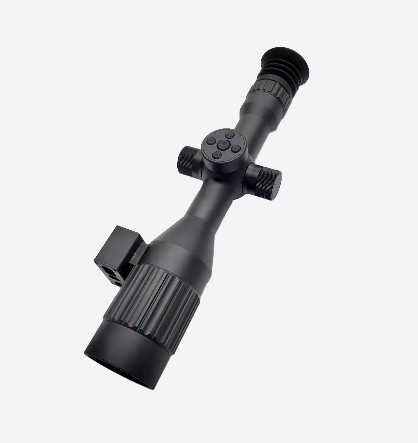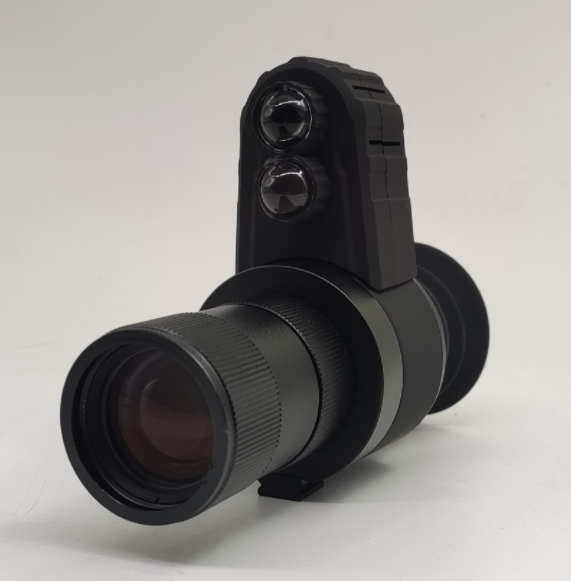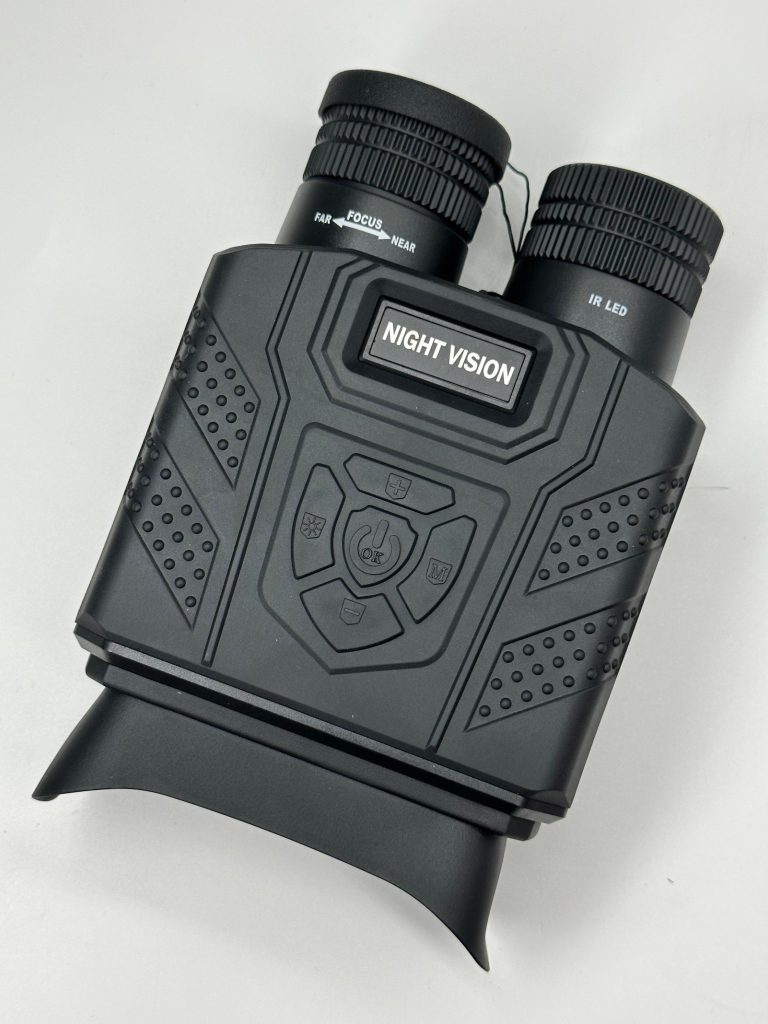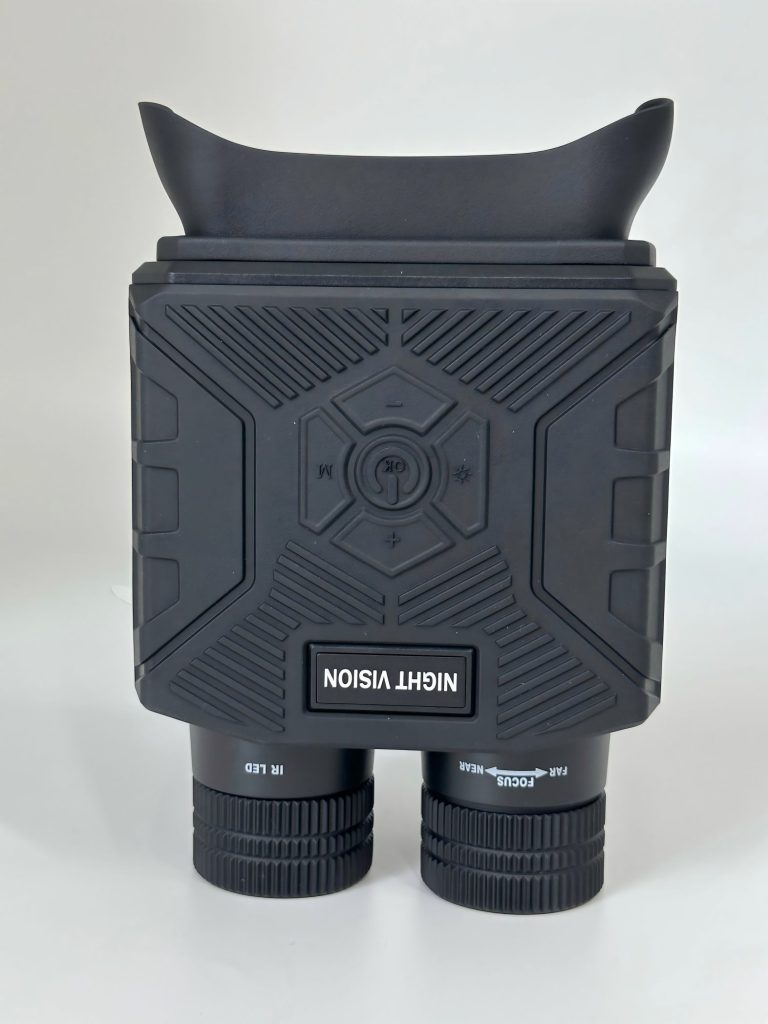Night vision devices come in many types. For instance, infrared night vision devices, digital night vision devices, first-generation, second-generation, third-generation night vision devices, and so on. Meanwhile, as night vision devices increasingly enter the civilian market, buyers also encounter various problems when choosing night vision devices. Next, in this article, we will delve into the working principle of night vision devices and elaborate on the differences between Gen 1, Gen 2, and Gen 3 night vision. The technology behind each generation of night vision devices and helping you determine which one best suits your specific needs.
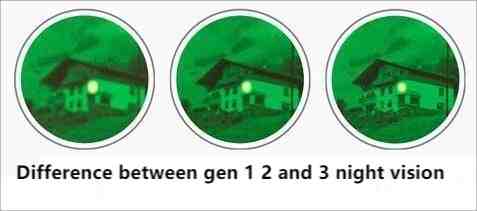
How Night Vision Works?
The working principle of a night vision device is to collect the light existing in the environment, such as moonlight, starlight or infrared light, and focus it with the front end of the lens. During this process, electrons collide multiple times inside the tube, generating more electrons. Under the effect of the tube wall voltage, these electrons are accelerated and grow exponentially. Ultimately, the electrons at the end of the tube gain significant gain. After amplification, they become light visible to the naked eye. This conversion enables night vision devices to achieve low-light observation without infrared illumination.
What Do Night Vision Generations Mean?
The “generation” system categorizes night vision devices by their technical sophistication, image quality, range, and durability. Here’s a breakdown of what makes each generation unique:
Gen 1 Night Vision
Gen 1 is the earliest products of night vision devices. Basically, they could only be seen with the aid of infrared auxiliary light sources. It is commonly found in civilian monoculars, goggles and scopes.
The typical Gen 1 night vision device has a usable observation range of up to 75 yards, but the image has a strong graininess and obvious edge distortion. The viewing distance is very limited and the clarity is poor, making it rather blurry. Because image quality drops rapidly at long distances, the Gen 1 night vision devices are most suitable for short-distance observation or beginners in night vision.
The service life of night vision tubes is relatively short (about 1,000 hours), and their energy efficiency is also limited compared with subsequent generations of products.
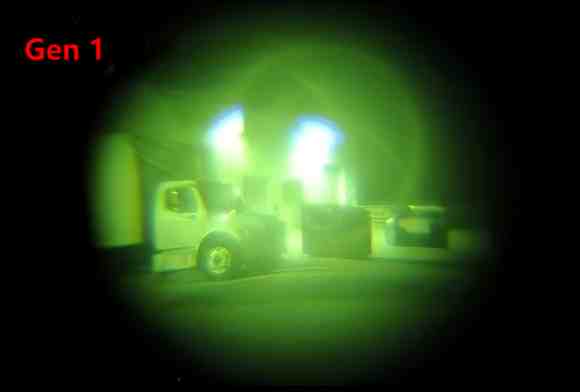
With the progress of The Times and the development of technology, more and more people are pursuing high-performance products. The Gen 1 night vision devices clearly can no longer meet the performance demands of the general public. Therefore, many people think that the Gen 1 night vision devices, especially the single-tube first-generation night vision devices, are just toys and are completely unusable. However, due to its affordable price and easy accessibility, the Gen 1 night vision devices became an ideal choice for basic activities such as wildlife watching, camping or backyard security.
Pros and Cons of Gen 1 Night Vision:
| Pros | Cons |
| Most affordable entry-level option | Grainy image with edge distortion |
| Easy to find and use | Limited range (~75 yards) |
| Great for casual or recreational use | Requires ambient light—poor in total darkness |
| Compact and lightweight | Short tube lifespan (~1,000 hours) |
| Good introduction to night vision | Susceptible to glare from bright lights (halo effect) |
Gen 2 Night Vision
Gen 2 night vision devices have made a qualitative leap in performance compared to the Gen 1. It can be said that only the Gen 2 and Gen 2 plus night vision devices are true night vision devices and are in line with the current society and night vision device market. These devices introduce a microchannel plate (MCP) between the photocathode and the fluorescent screen. The electron multiplication efficiency of MCP is significantly higher than that of the Gen 1 night vision system, and it can generate brighter, clearer and more detailed images even in darker environments.

The Gen 2 night vision system has a light amplification capability of approximately 20,000 times and a visible range of up to 200 yards. It is mainly used in law enforcement agencies or professional applications. Its image quality has less distortion, higher contrast and a wider field of view.
The service life of imaging tubes is 2,500 to 5,000 hours. Many Gen 2 models are smaller, lighter and more energy-efficient than the Gen 1 products. Although it is more expensive, for those users who pursue reliability and do not need to bear the high cost of the Gen 3 product, the Gen 2 product is widely regarded as the best choice in terms of cost performance.
Pros and Cons of Gen 2 Night Vision:
| Pros | Cons |
| Excellent image clarity with less distortion | More expensive than Gen 1 |
| Better performance in low or no-moonlight environments | Still not quite military-grade |
| Longer operational range (~200 yards) | Some low-cost units may have variable build quality |
| Longer lifespan (2,500–5,000 hours) | Less rugged than higher-end Gen 3 devices |
| Well-suited for tactical and professional civilian use | May lack features like auto-gating found in Gen 3 models |
Gen 3 Night Vision
The Gen 3 night vision system is the most sophisticated night vision technology used by civilians (and is also the default configuration used by military and police divisions). Its gallium arsenide (GaAs) photocathode increases the photosensitivity and electron conversion efficiency of the system. Also, the ion-blocking film coating of the MCP control chip Gen 3 night vision system improves the imaging tube’s efficiency and longevity.
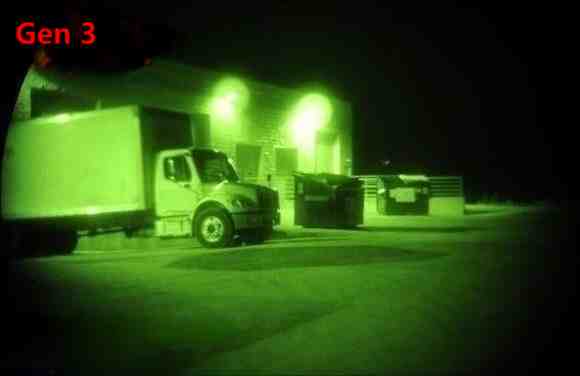
The Gen 3 night vision system’s light magnification range provides clear image access even in total darkness. The effective range distance of 300 yards is surpassed with good clarity. The image noise and alteration are minimal. Furthermore, most Gen 3 night vision systems have features for automatic door control which help protect the imaging tube against strong light surges, for example, vehicle headlights and gun muzzle flares.
The devices are highly durable and rugged, waterproof, and able to withstand considerable recoil. Furthermore, they have the ability to function for over 10,000 hours of nonstop use. Devices such as these do not come cheap, with prices starting at $3,000 and going as high as $10,000.
Pros and Cons of Gen 3 Night Vision:
| Pros | Cons |
| Exceptional image resolution and low-light performance | Very expensive compared to Gen 1 and Gen 2 |
| Longest operational range (300+ yards) | Heavier and sometimes bulkier |
| Longest tube life (10,000+ hours) | Export restrictions in many countries (ITAR regulations) |
| Auto-gating technology enhances safety and longevity | May require maintenance from certified technicians |
| Trusted by military and law enforcement worldwide | Overkill for basic recreational users |
Which Generation Is Best for You?
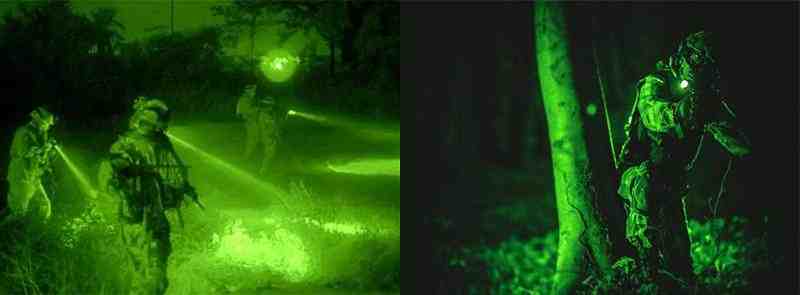
Choosing between Gen 1, Gen 2, and Gen 3 night vision depends largely on your intended use, budget, and performance expectations. To help you make an informed decision, here’s a side-by-side comparison:
| Feature | Gen 1 | Gen 2 | Gen 3 |
| Price Range | $100 – $500 | $800 – $2,500 | $3,000 – $10,000+ |
| Light Amplification | ~1,000x | ~20,000x | 30,000x – 50,000x |
| Effective Range | Up to 75 yards | Up to 200 yards | 300+ yards |
| Image Quality | Grainy, low detail | Clearer, less distortion | Sharp, high-contrast image |
| Works in Total Darkness | No | Moderate performance | Excellent |
| Tube Lifespan | ~1,000 hours | ~2,500–5,000 hours | 10,000+ hours |
| Best For | Beginners, casual use | Hunters, tactical use | Military, law enforcement |
| Auto-Gating | No | Rare | Yes |
Final Thoughts
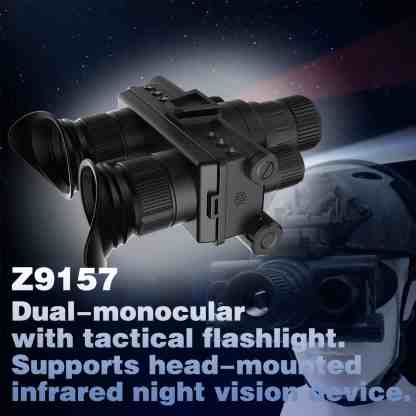
By comparing the differences between the Gen 2 and Gen 3 of night vision systems or taking an overall look at the performance of the Gen 1 to Gen 3 of night vision systems, it can be clearly seen that each generation of products has different uses. With the continuous development of night vision technology, newer models and hybrid digital-analog systems are constantly flooding the market.
Foreseen Optics, as an enterprise with decades of military background, has always been committed to the research and development and innovation of optical technology. Professional technical support, stable enterprise operation and high-quality product quality have all won wide recognition from the market and customers. If you have the need to purchase your first night vision device or upgrade to a professional-level system, please feel free to contact us at any time.

